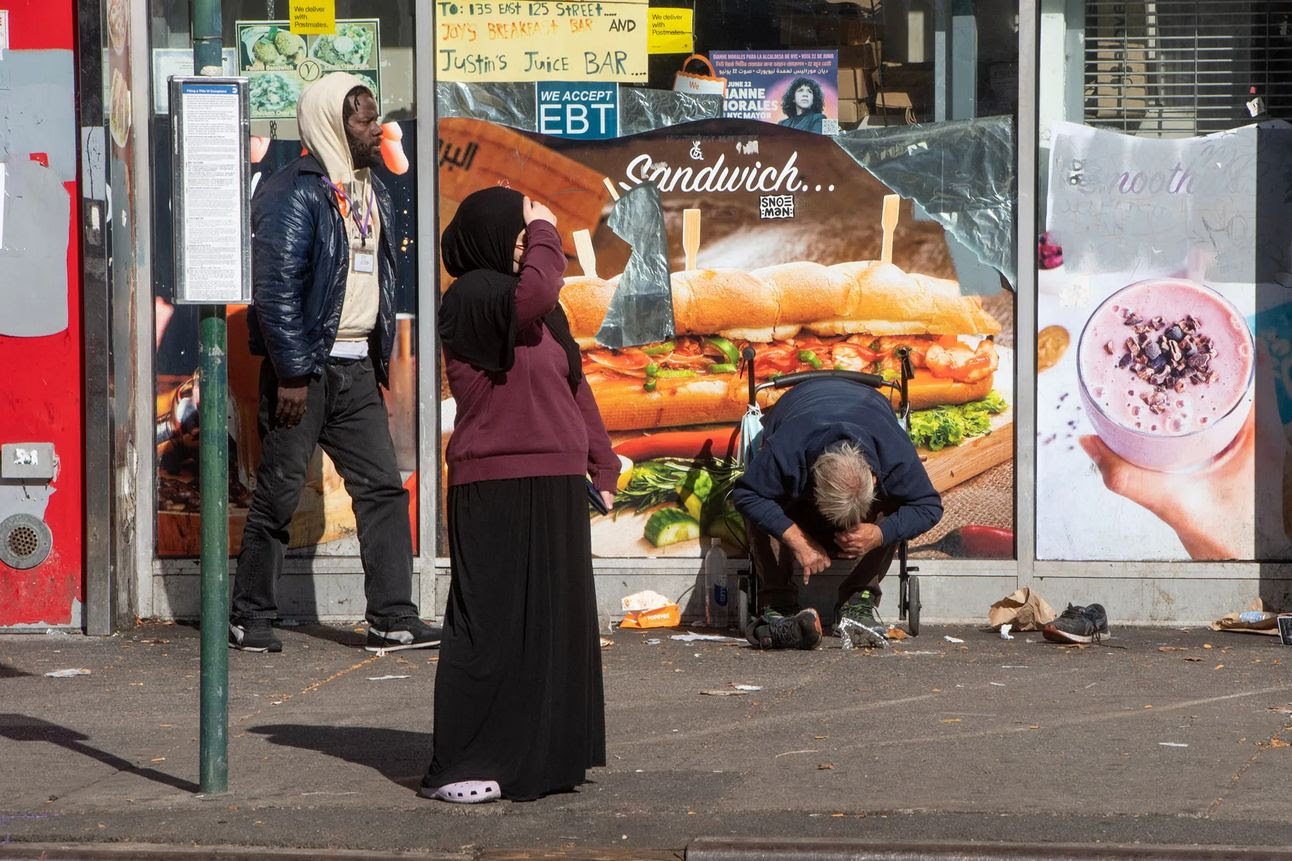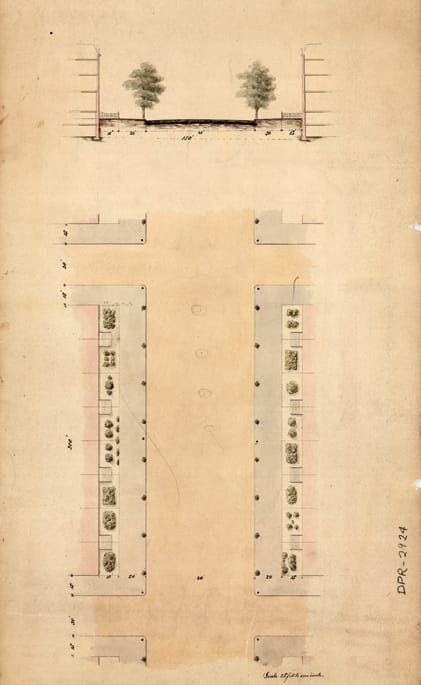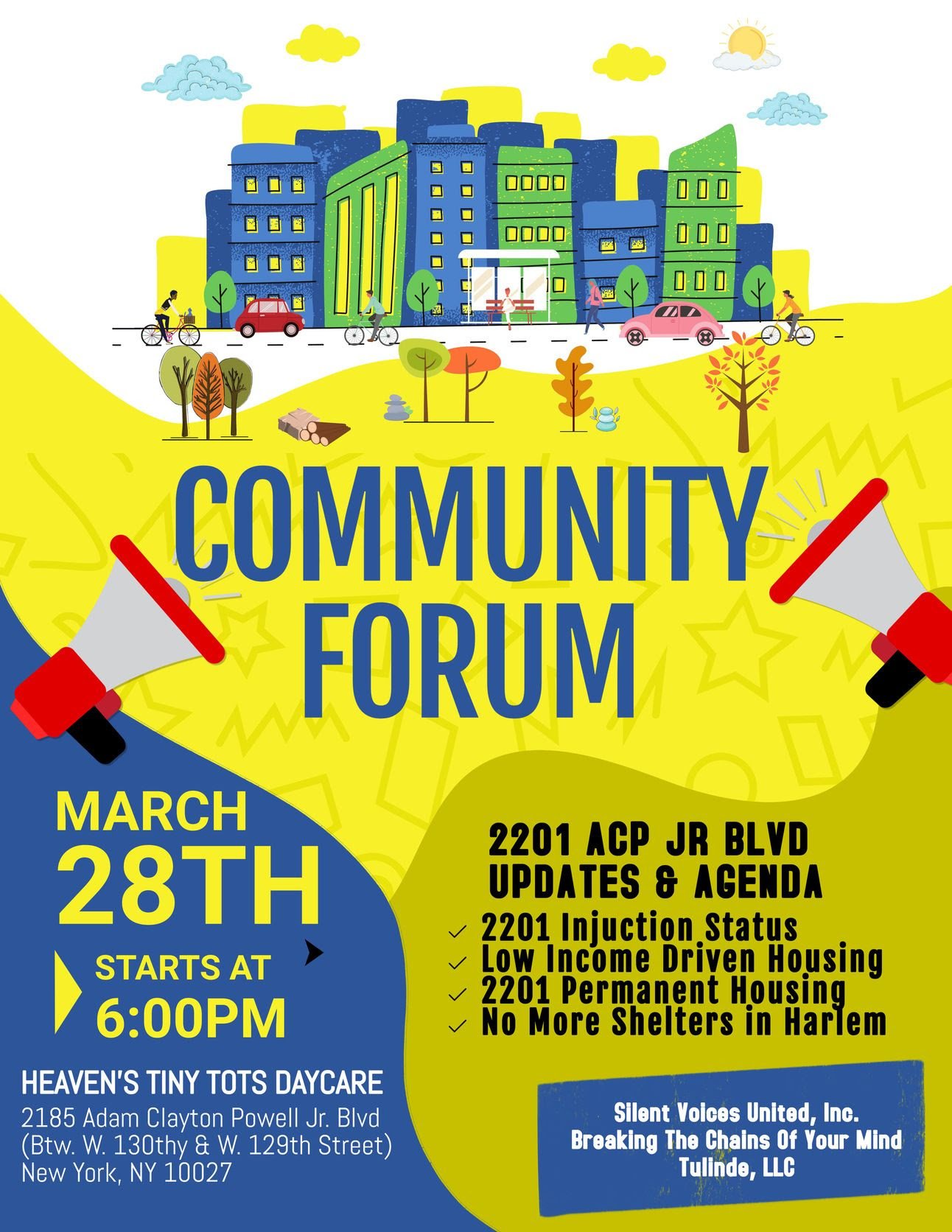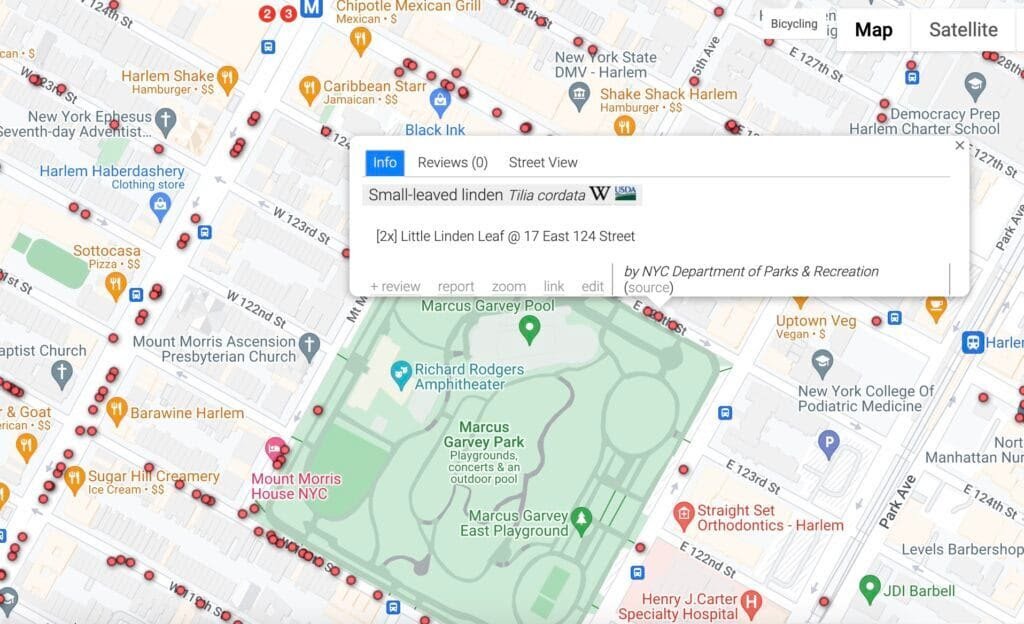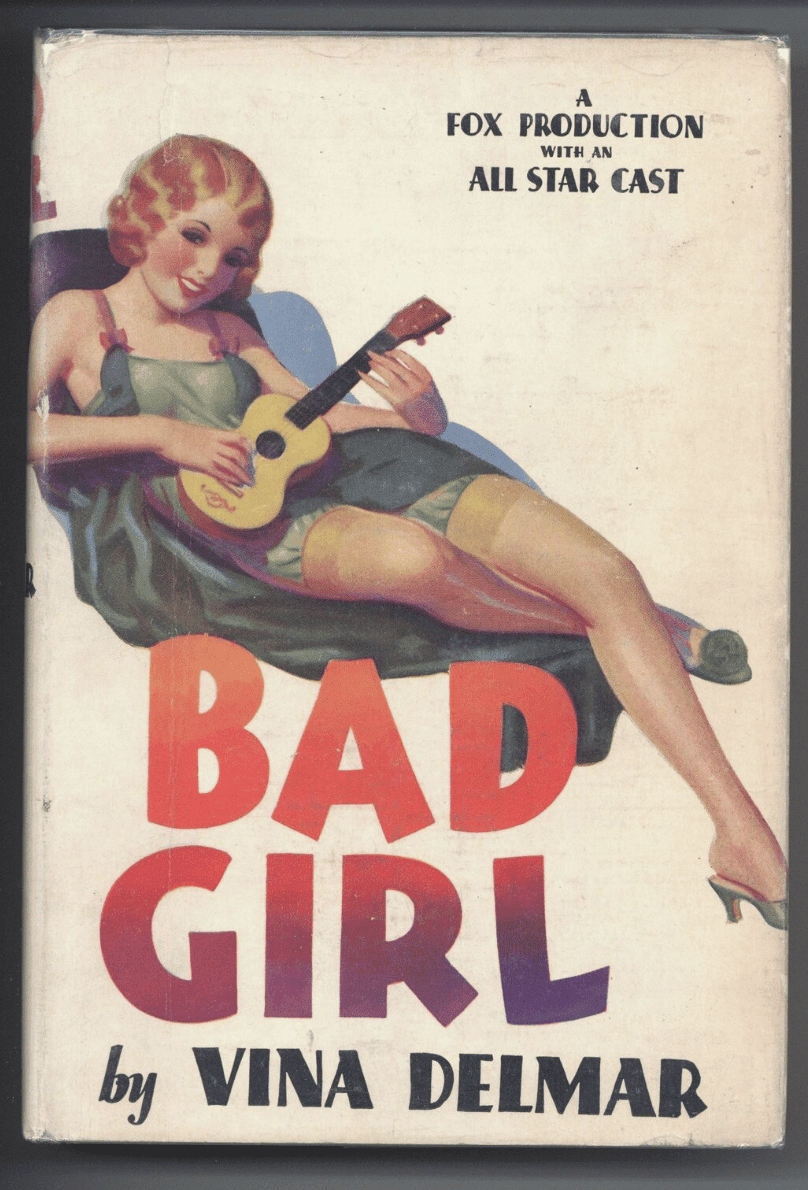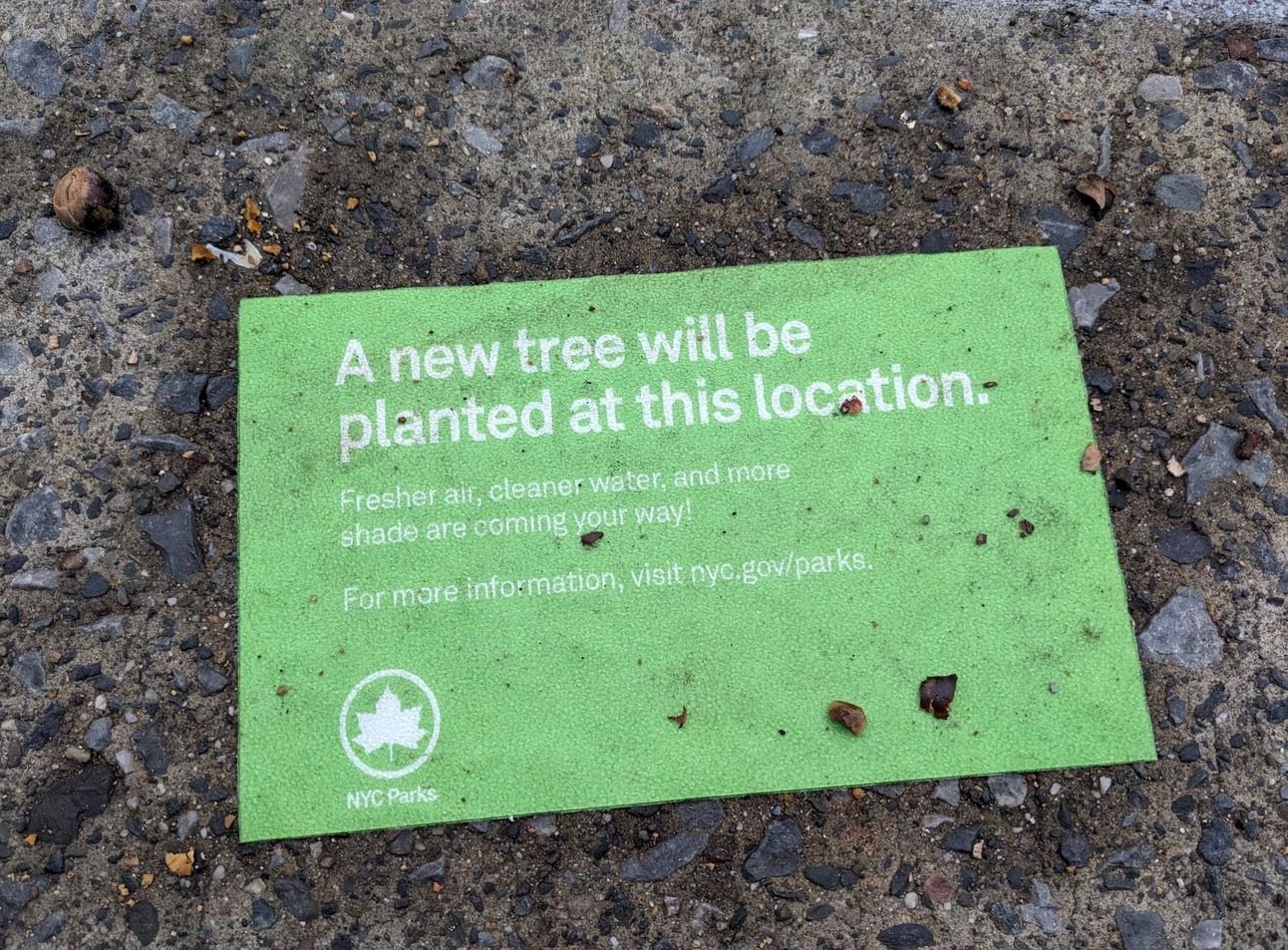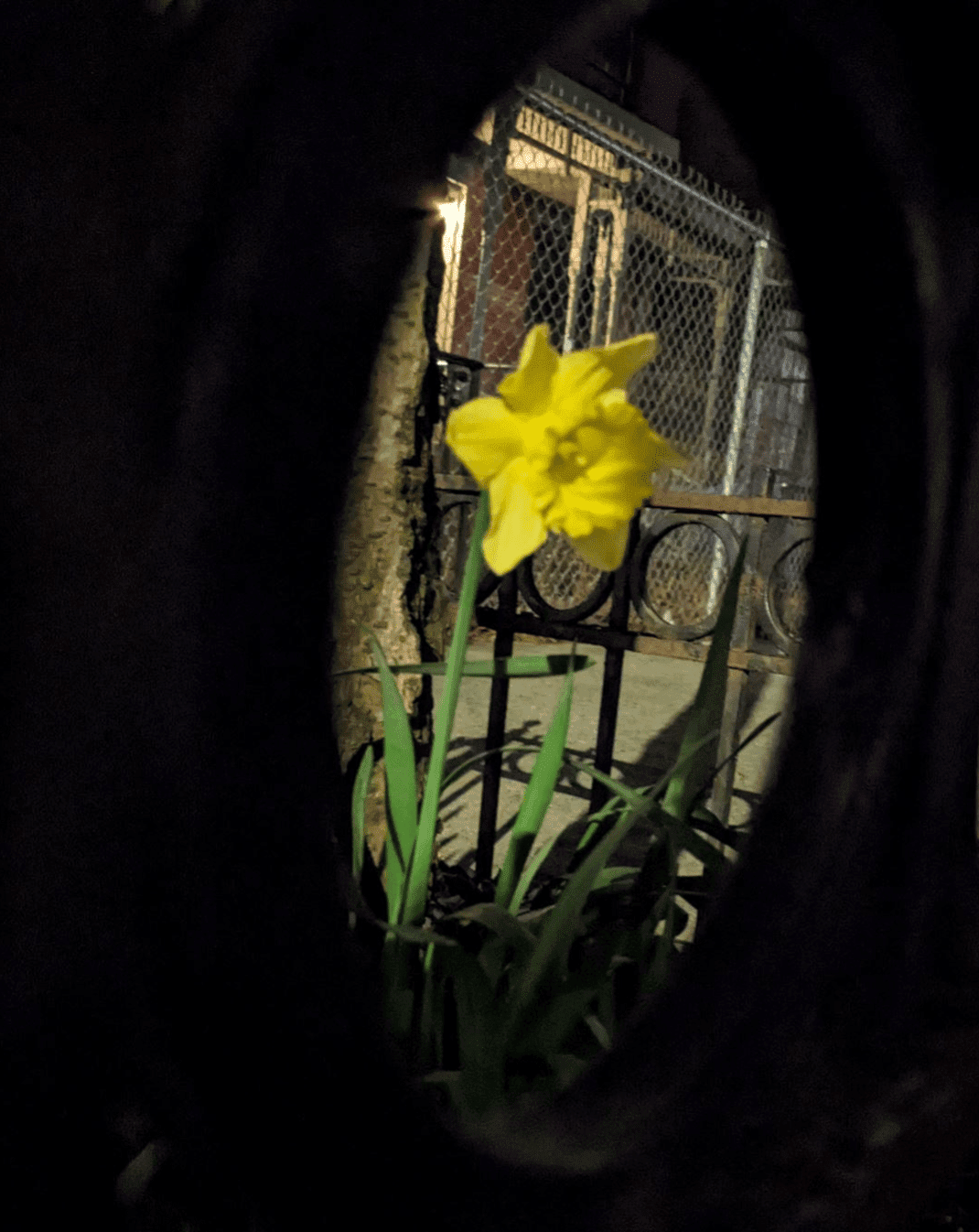Welcome to Harlem’s Newsletter
-
Do You Want a Cleaner, Safer Block?

Please see the new program spearheaded by Mayor Eric Adam’s Office of Community Affairs. If your block/immediate area is experiencing issues (spanning across 3-blocks or more) with concerning conditions, such as drug dealing in the immediate area, ongoing sanitation and cleanliness issues, noise pollution, and roadway and sidewalk quality concerns, PLEASE COMPLETE THIS FORM TO…
-
Why Are ACP and Lenox Avenues So Wide?

Proposed Arrangement of Sixth or Seventh Avenue between Central Park and Harlem River. Black ink with colored washes (from the New York City Municipal Archives) The evolution of the Central Park Commission from a purely park-planning body into a comprehensive city-planning body began with a baby step. Andrew H. Green, who headed the commission, was…
-
Funding for 3 Harlem Parks

New York City’s Parks Department’s Community Parks Initiative (CPI) is expanding, bringing its transformative green space upgrades to underserved neighborhoods across the city, including Harlem and East Harlem. A recent study by CUNY found that CPI renovations significantly increase park usage and benefit not just regular park-goers, but the entire surrounding community. Among the 20…
-
Rent? Housing? Shelters?

Tomorrow at 6:00 PM. 2185 Adam Clayton Powell Blvd. Time to get involved! Vigil Against Violence In light of recent tragic events in our community, including the senseless killing NYPD Officer Jonathan Diller in Queens, the recent incident at the 125th Street-Lexington Avenue Subway Station, where a person was pushed onto the tracks and fatally…
-
Jefferson Park Opens – 1905

The New York Times reports on the opening of Jefferson Park in East Harlem, displaying a casual racism directed towards both Italian and Jewish New Yorkers: Jefferson Park Opens timesmachine.nytimes.com/timesmachine/1905/10/08/101707695.pdf Six years later, the park included an agricultural series of plots for children to learn how to grow food. A “farm garden”, with over a…
-
Free, Falling Fruit

Falling Fruit is a mapping project that documents the overlooked culinary bounty of our city streets. By quantifying this resource on an interactive map, they are hoping to connect people, food, and the natural organisms growing in our neighborhoods. Their edible map is not the first of its kind, but it aspires to be the…
-
Where New Yorkers Own Homes

A map from New York City’s Department of Health, showing where people who own and live in their homes, reside: New Housing For LGTBQ+ Youth (Accepting applications now) Homeward Central Harlem features 50 fully furnished studio apartments, indoor and outdoor community space, computer and media room, exercise room, laundry room, live-in superintendent, 24-hour security, affordable…
-
Bad Girl

The Harlem Renaissance novel Bad Girl is a fascinating work that takes place in a white Harlem world that is feeling the presence of a growing Black Harlem. The author, Vena Delmar, opens her novel on a bustling summer day at the 125th Street piers (where Columbia’s Manhattanville campus is now) with the lead character…
-
Silent Voices Declares Victory

Silent Voices declares victory in opposing another homeless shelter for Harlem: FOR IMMEDIATE RELEASE Community Triumphs as Luxury Condo Resists Shelter Implementation HARLEM, NY, MARCH 18,2024 – In a remarkable turn of events, the community surrounding 2201 Adam Clayton Powell Jr Blvd has prevailed in resisting the implementation of a shelter within their midst. Currently,…
-
Massive Gantries

On East 125th Street between 1st and 2nd Avenue, massive gantries are being staged before moving them to Park Avenue. The four gantries with 10’ tall wheels, will be used in the Park Avenue Viaduct project. The gantries will support the existing Metro North tracks while a crew of welders flame-cut chunks of the 130…
-
Look Down!

NYC’s Department of Parks is slowly marking out spots for more trees. If you see a white rectangle spray painted on the sidewalk where a tree might go (the former site of a tree in this photo is a giveaway), it’s likely a location for a new planting: Note how the rectangle indicates that the…
-
The First Spring Flowers

The first daffodils appear on Astor Row. Former Harlem State Senator, Brian Benjamin, Facing Felony Bribery and Fraud Charges Former New York Lt. Gov. Brian Benjamin is once again facing felony bribery and fraud charges after a federal appeals court overturned a previous dismissal. The court found that Benjamin, a former state senator from Harlem,…
